Knowing when stop drinking game is crucial for a safe and enjoyable experience; it’s about recognizing your limits and prioritizing well-being over pushing boundaries. This article will explore the factors influencing your decision, strategies for setting limits, and tips for gracefully bowing out of the game before things get out of hand.
⚠️ Still Using Pen & Paper (or a Chalkboard)?! ⚠️
Step into the future! The Dart Counter App handles all the scoring, suggests checkouts, and tracks your stats automatically. It's easier than you think!
Try the Smart Dart Counter App FREE!Ready for an upgrade? Click above!
Why Knowing When Stop Drinking Game Matters
Participating in darts drinking games and other social drinking activities can be a lot of fun, but it’s easy to get caught up in the excitement and lose track of how much you’re consuming. Ignoring your body’s signals and continuing to drink beyond your limit can lead to several negative consequences, including:
- Impaired judgment: Alcohol affects your ability to make sound decisions, increasing the risk of accidents, arguments, or other regrettable actions.
- Physical health risks: Overconsumption can cause nausea, vomiting, headaches, and even alcohol poisoning, a life-threatening condition.
- Long-term health problems: Repeatedly exceeding your limits can contribute to liver damage, heart problems, and other chronic health issues.
- Social consequences: Excessive drinking can damage relationships, lead to embarrassment, and create tension with friends and family.
Therefore, understanding and practicing responsible drinking is essential for maintaining your health, safety, and relationships. The ability to say “no” or “I’m done” is a sign of strength, not weakness.
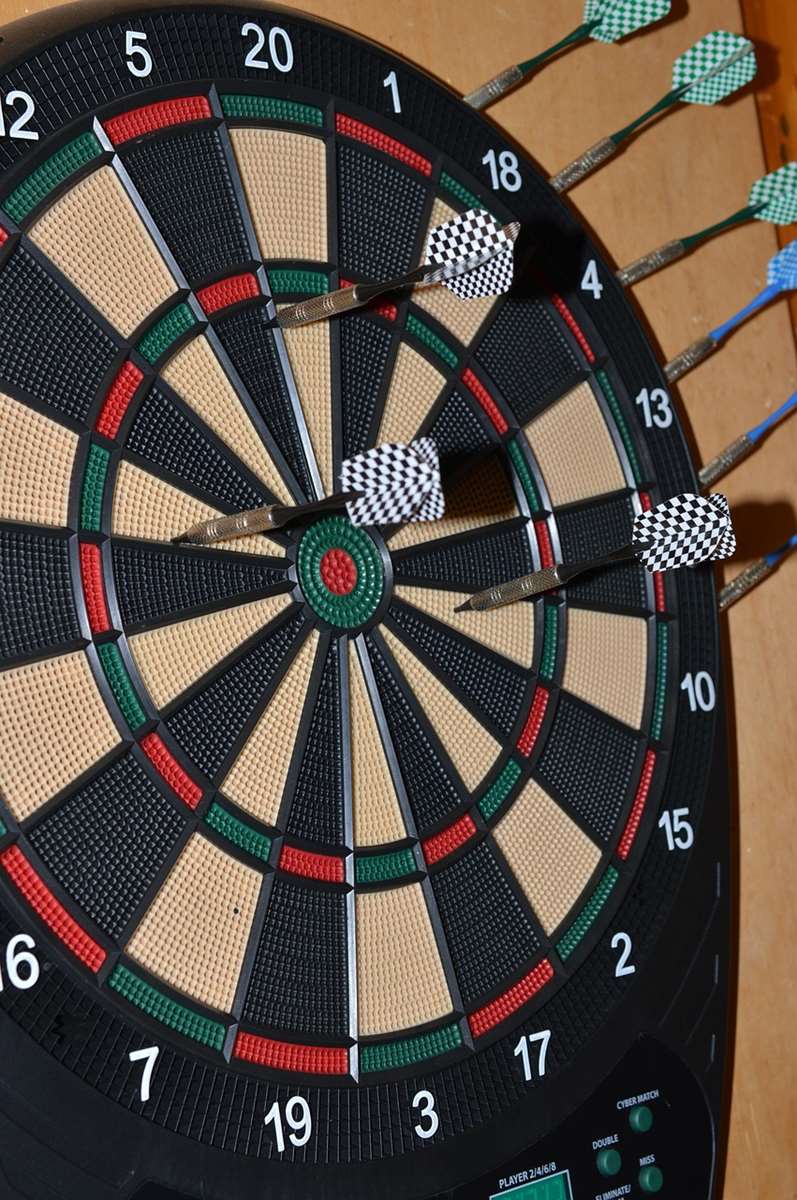
Factors Influencing Your Drinking Limit
Everyone has a different tolerance for alcohol, and several factors can influence your individual limit. These include:
- Body weight: Generally, people with lower body weights will feel the effects of alcohol more quickly.
- Gender: Women typically have less body water and lower levels of the enzyme that breaks down alcohol, so they tend to become intoxicated more easily than men.
- Metabolism: Your metabolism affects how quickly your body processes alcohol. Factors like age, genetics, and overall health can influence your metabolic rate.
- Food consumption: Eating before and during drinking slows down the absorption of alcohol into your bloodstream. A full stomach provides a buffer.
- Medications: Certain medications can interact with alcohol, intensifying its effects or causing other adverse reactions. Always check with your doctor or pharmacist about potential interactions.
- Mood and stress levels: If you’re feeling stressed, anxious, or depressed, alcohol can have a more pronounced effect. It’s never a good idea to use alcohol as a coping mechanism for underlying emotional issues.
Being aware of these factors can help you estimate your tolerance and make informed decisions about how much to drink during a fun darts drinking game ideas or any social event.
Understanding Blood Alcohol Content (BAC)
Blood Alcohol Content (BAC) is a measurement of the amount of alcohol in your bloodstream. It’s often expressed as a percentage. A BAC of 0.08% is the legal limit for driving in many countries.
While BAC charts and calculators can provide a rough estimate of your BAC based on factors like weight, gender, and number of drinks, they are not always accurate. Individual variations in metabolism and other factors can significantly affect your BAC. The best way to know your limits is to pay attention to how you feel and adjust your drinking accordingly.
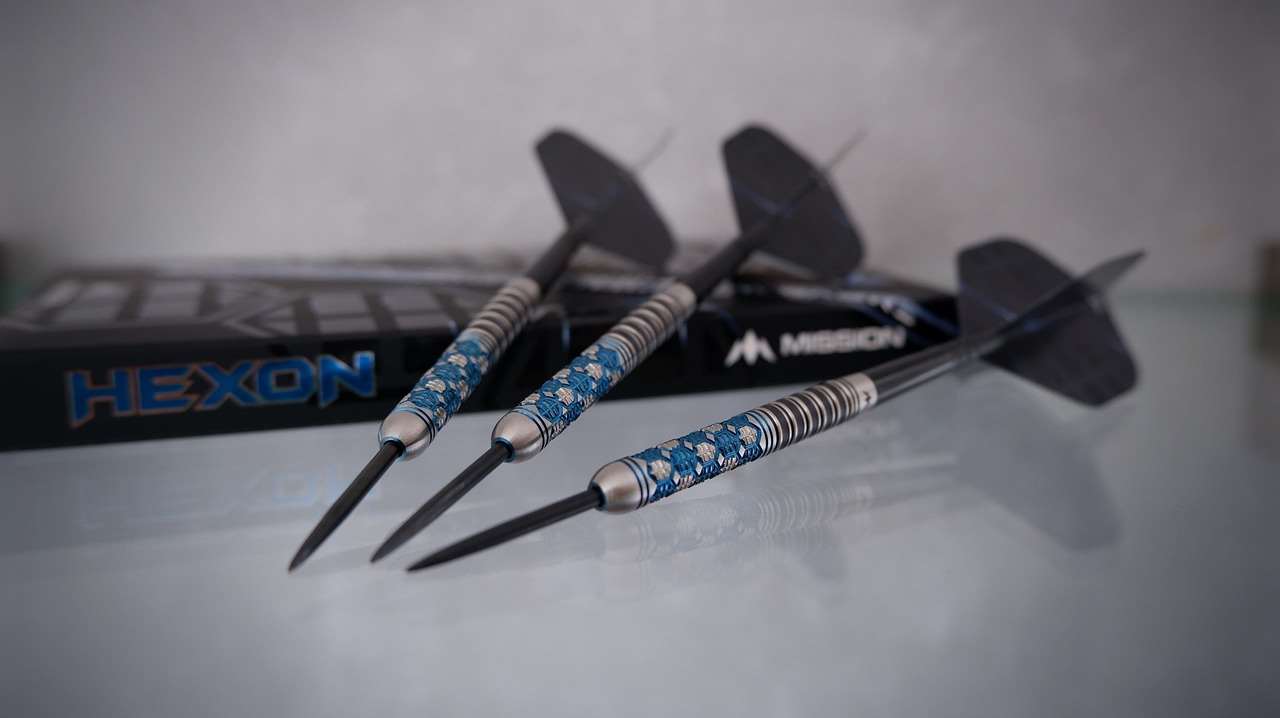
Strategies for Setting Limits Before You Start
Proactive planning is key to playing darts drinking games responsibly and staying in control. Before you even take your first sip, consider these strategies:
- Decide on a limit: Determine how many drinks you’ll have before you start drinking. Be realistic and factor in your tolerance level and any other relevant considerations.
- Pace yourself: Sip your drinks slowly and alternate alcoholic beverages with water or other non-alcoholic drinks. Avoid chugging or taking shots, which can quickly increase your BAC.
- Eat a meal beforehand: As mentioned earlier, eating before drinking helps slow down the absorption of alcohol. Choose a meal that’s high in protein and fiber for sustained energy.
- Tell a friend: Let a trusted friend know your limit and ask them to help you stay accountable. Having someone looking out for you can make it easier to stick to your plan.
- Track your drinks: Use a notepad, your phone, or a drink-tracking app to keep track of how many alcoholic beverages you’ve consumed. This can help you stay aware of your progress and avoid exceeding your limit.
By implementing these strategies, you’ll be better equipped to avoid overdoing it and maintain control throughout the evening. You can find other great ideas in Darts Variants Fun Games, but remember safety first!
Recognizing the Signs It’s Time to Stop
Even with careful planning, it’s important to be aware of the signs that you’ve reached your limit. These signs can vary from person to person, but some common indicators include:
- Impaired coordination: Difficulty walking, standing, or performing simple tasks.
- Slurred speech: Trouble speaking clearly or articulating your thoughts.
- Blurred vision: Difficulty focusing your eyes or seeing clearly.
- Reduced reaction time: Slower reflexes and difficulty responding to stimuli.
- Impaired judgment: Making poor decisions or acting impulsively.
- Nausea or dizziness: Feeling sick to your stomach or lightheaded.
- Changes in mood: Becoming overly emotional, aggressive, or withdrawn.
If you experience any of these signs, it’s a clear indication that you need to stop drinking immediately. Continuing to drink beyond this point will only worsen the effects and increase the risk of negative consequences.
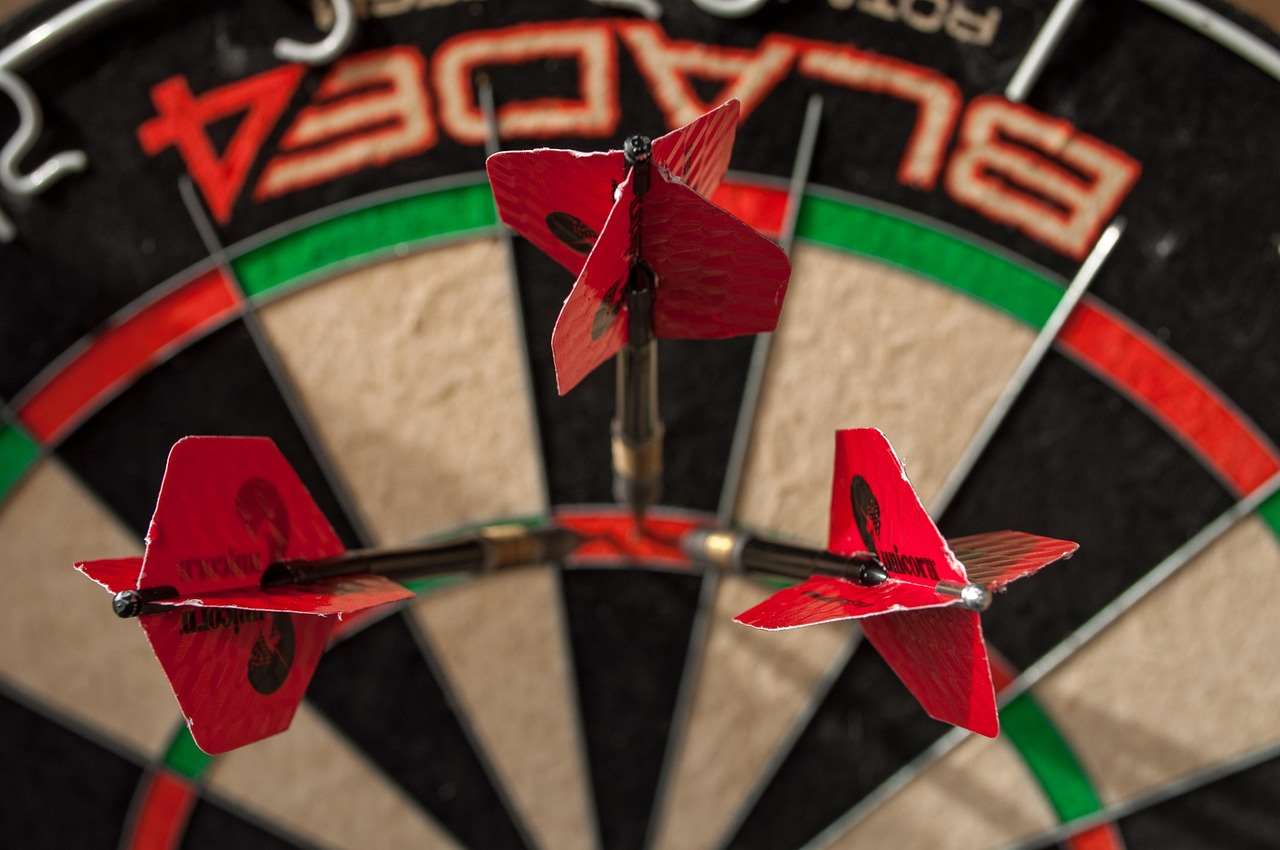
Gracefully Bowing Out of the Game
Once you’ve decided to stop drinking, it’s important to communicate your decision clearly and assertively. Here are some tips for gracefully bowing out of the game:
- Be direct and confident: Simply say, “I’m good for tonight,” or “I’m going to switch to water.” Avoid making excuses or apologizing for your decision.
- Have a pre-planned excuse: If you feel pressured to keep drinking, have a pre-planned excuse ready, such as “I have an early start tomorrow,” or “I’m not feeling 100%.”
- Enlist the support of a friend: Ask a friend to help you stay accountable and avoid peer pressure. They can help you stick to your decision and offer support if you feel tempted to have another drink.
- Change the subject: Shift the conversation to a different topic to deflect attention away from your drinking habits.
- Remove yourself from the situation: If you’re finding it difficult to resist temptation, consider stepping away from the group for a few minutes or leaving the event altogether. You could also try Fun darts drinking game ideas with non-alcoholic drinks.
Remember, your health and safety are paramount. Don’t let anyone pressure you into drinking more than you’re comfortable with.
Alternatives to Alcohol During Darts Drinking Games
Just because you’re knowing when stop drinking game doesn’t mean the fun has to end! There are plenty of ways to stay engaged and enjoy the company of your friends without consuming alcohol. Consider these alternatives:
- Non-alcoholic beers or cocktails: Many bars and restaurants offer a wide variety of non-alcoholic beverages that taste just as good as the real thing.
- Sparkling water with fruit: A refreshing and hydrating option that can be customized with different fruits and herbs.
- Mocktails: Non-alcoholic versions of classic cocktails, like a virgin mojito or a cranberry and ginger ale spritzer.
- Soft drinks: Stick to soda, juice, or iced tea. Just be mindful of the sugar content.
- Engage in other activities: Focus on the social aspect of the gathering and participate in conversations, games, or other activities that don’t involve alcohol. Remember to follow Safety tips darts drinking games!
By exploring these alternatives, you can continue to enjoy the camaraderie and excitement of the event without compromising your health or sobriety. It’s equally important to learn about Killer darts drinking game rules so you understand the game’s dynamic and limitations.
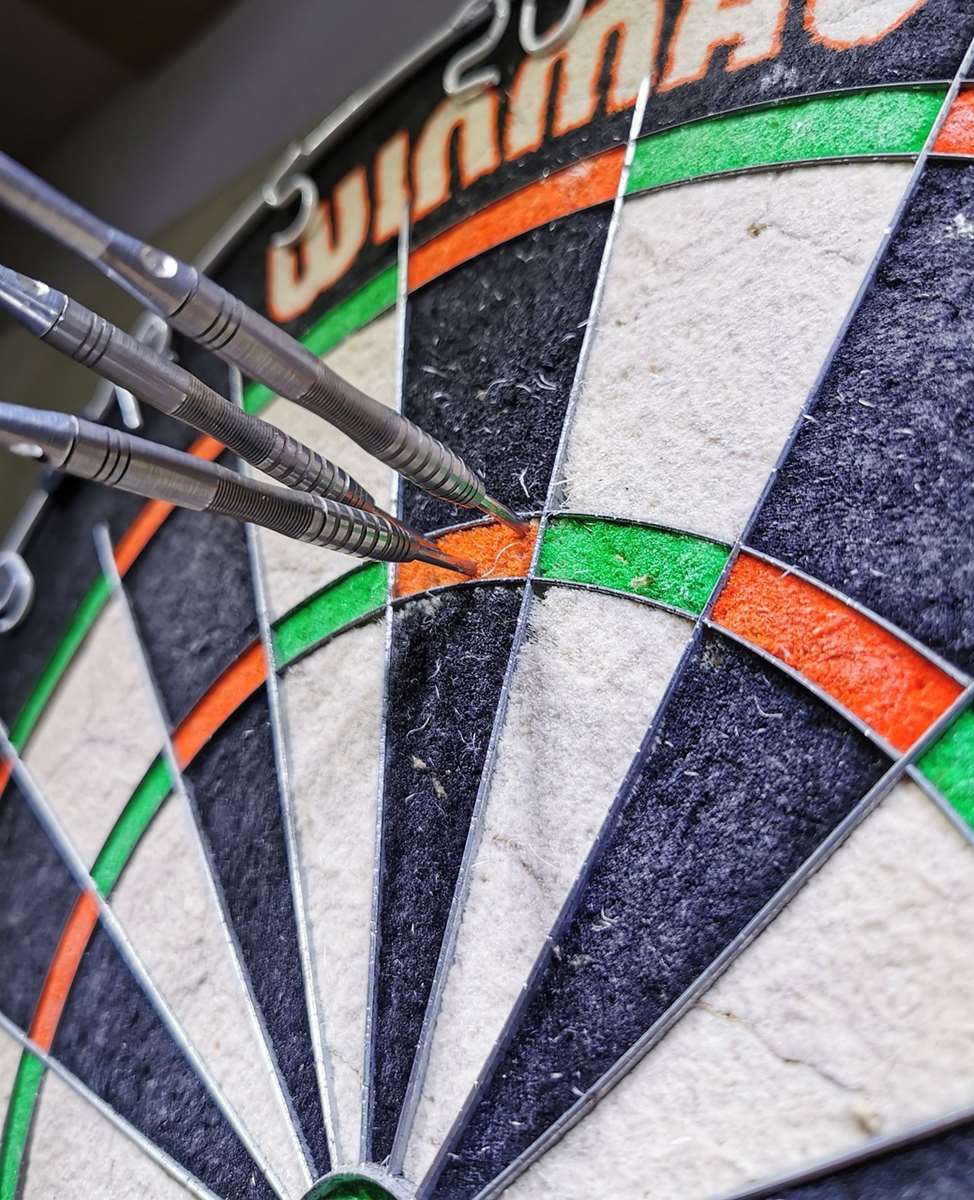
What to Do If You’ve Gone Too Far
Despite your best efforts, there may be times when you accidentally exceed your limit. If you find yourself in this situation, it’s important to take steps to ensure your safety and well-being:
- Stop drinking immediately: The most important thing is to stop consuming alcohol as soon as you realize you’ve had too much.
- Drink plenty of water: Water helps to rehydrate your body and flush out toxins.
- Eat something: If you can tolerate it, eating some food can help to absorb the alcohol and stabilize your blood sugar levels.
- Get some rest: Allow your body time to recover and process the alcohol.
- Don’t drive: Never get behind the wheel of a car if you’ve been drinking. Arrange for a ride home with a sober friend or call a taxi or ride-sharing service.
- Seek medical attention if needed: If you experience severe symptoms such as vomiting, difficulty breathing, or loss of consciousness, seek immediate medical attention.
It’s also a good idea to inform a friend or family member about your situation so they can check on you and provide support. Remember, it’s always better to err on the side of caution when it comes to your health and safety. You could also try Popular pub darts drinking games with non-alcoholic drinks to still have fun.
Long-Term Benefits of Responsible Drinking
Knowing when stop drinking game isn’t just about avoiding immediate negative consequences; it’s also an investment in your long-term health and well-being. By practicing responsible drinking habits, you can reap numerous benefits, including:
- Improved physical health: Reduced risk of liver damage, heart problems, and other alcohol-related illnesses.
- Enhanced mental clarity: Better cognitive function, memory, and focus.
- Stronger relationships: Improved communication, trust, and intimacy with loved ones.
- Increased self-esteem: Greater confidence and self-respect.
- Reduced risk of accidents and injuries: Lower likelihood of accidents, falls, and other alcohol-related incidents.
- Better sleep quality: More restful and restorative sleep.
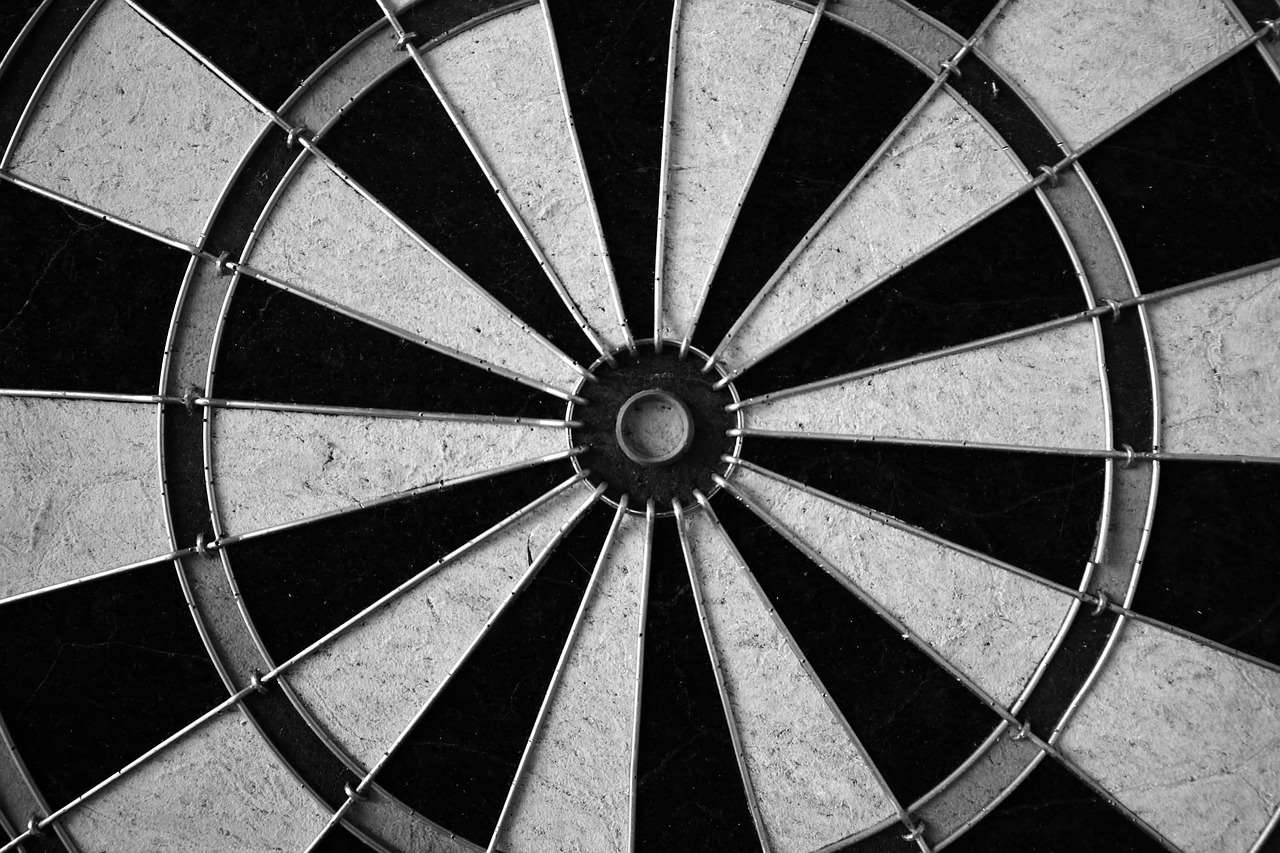
Ultimately, responsible drinking is about making conscious choices that prioritize your health, safety, and overall well-being. It’s about enjoying social events without jeopardizing your future. It’s something to be mindful of even when participating in Darts drinking games rules list.
Conclusion
Knowing when stop drinking game is a skill that requires self-awareness, planning, and the ability to prioritize your well-being. By understanding the factors that influence your alcohol tolerance, setting limits before you start, recognizing the signs that you’ve had enough, and having strategies for gracefully bowing out, you can enjoy social drinking events responsibly and avoid the negative consequences of overconsumption.
Remember, your health and safety are paramount. Don’t let peer pressure or the excitement of the moment cloud your judgment. Practice responsible drinking habits, and you’ll be able to enjoy the benefits of socializing without compromising your well-being. Now that you’re armed with this knowledge, go forth, have fun, and make smart choices!
Hi, I’m Dieter, and I created Dartcounter (Dartcounterapp.com). My motivation wasn’t being a darts expert – quite the opposite! When I first started playing, I loved the game but found keeping accurate scores and tracking stats difficult and distracting.
I figured I couldn’t be the only one struggling with this. So, I decided to build a solution: an easy-to-use application that everyone, no matter their experience level, could use to manage scoring effortlessly.
My goal for Dartcounter was simple: let the app handle the numbers – the scoring, the averages, the stats, even checkout suggestions – so players could focus purely on their throw and enjoying the game. It began as a way to solve my own beginner’s problem, and I’m thrilled it has grown into a helpful tool for the wider darts community.